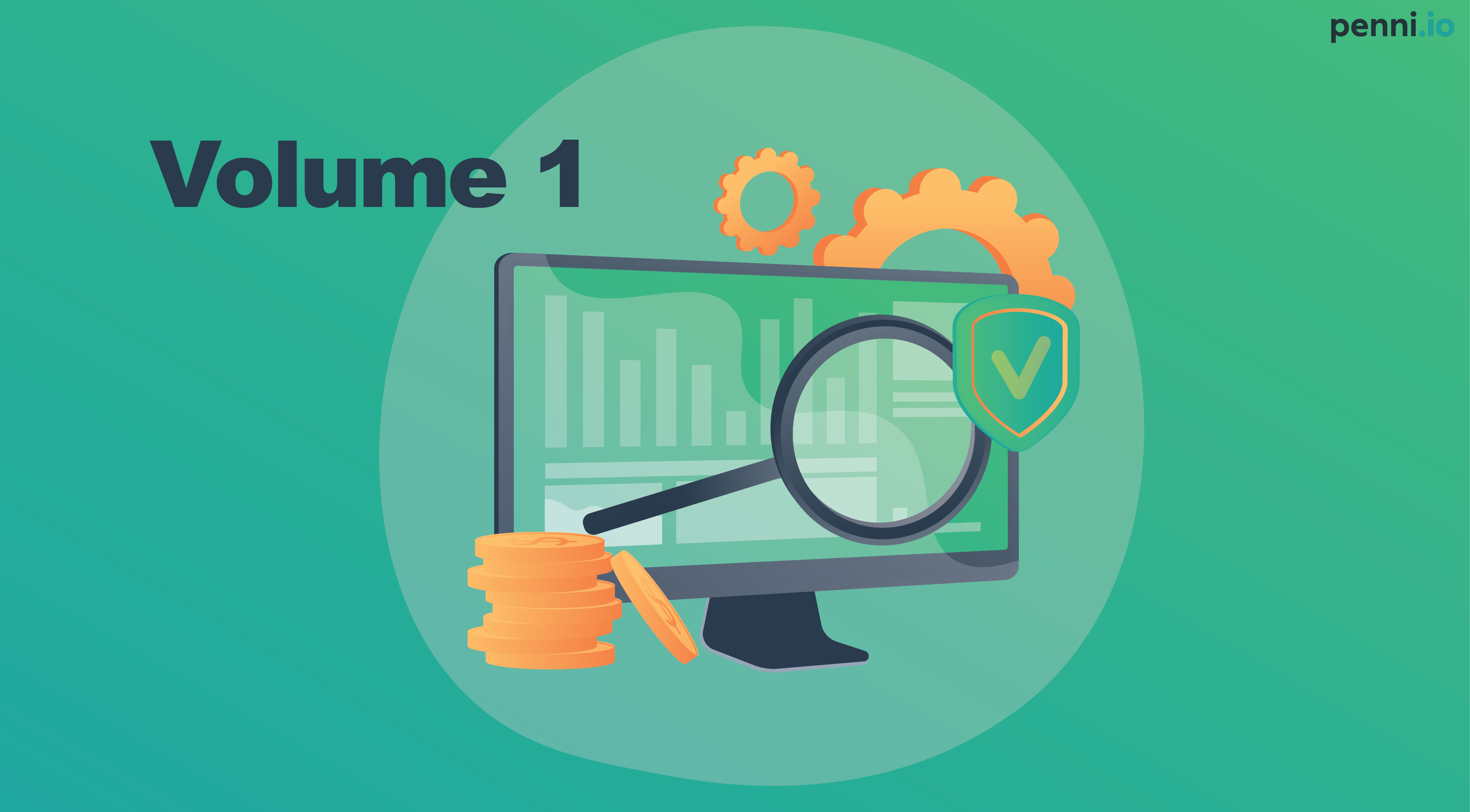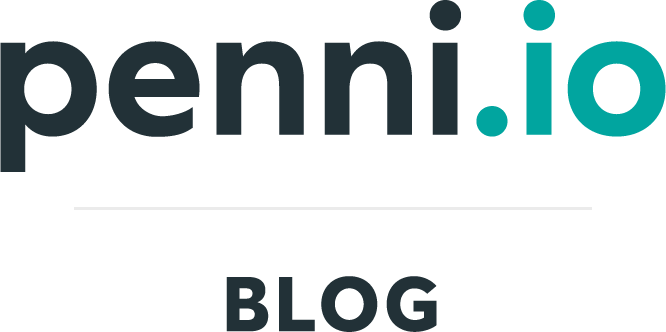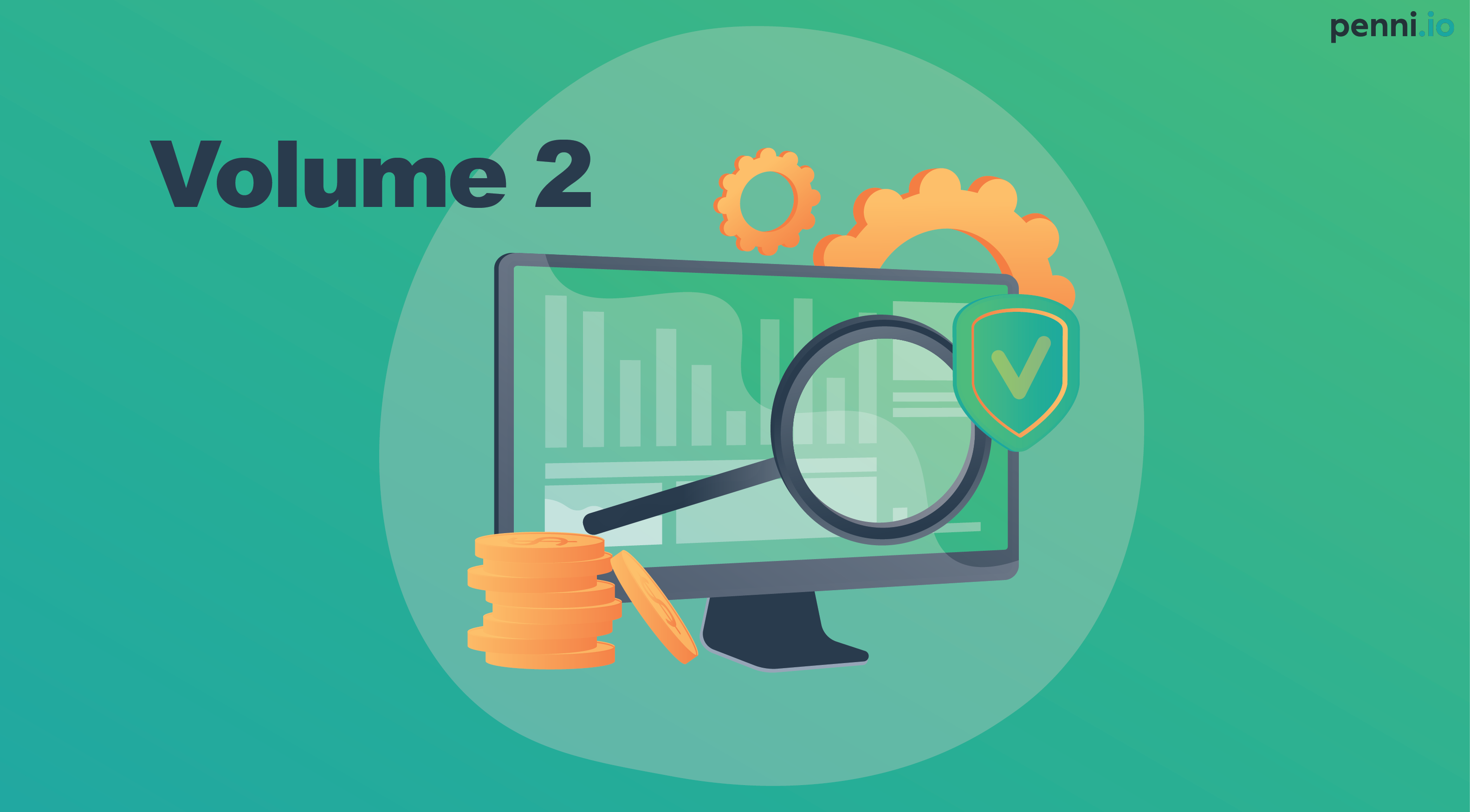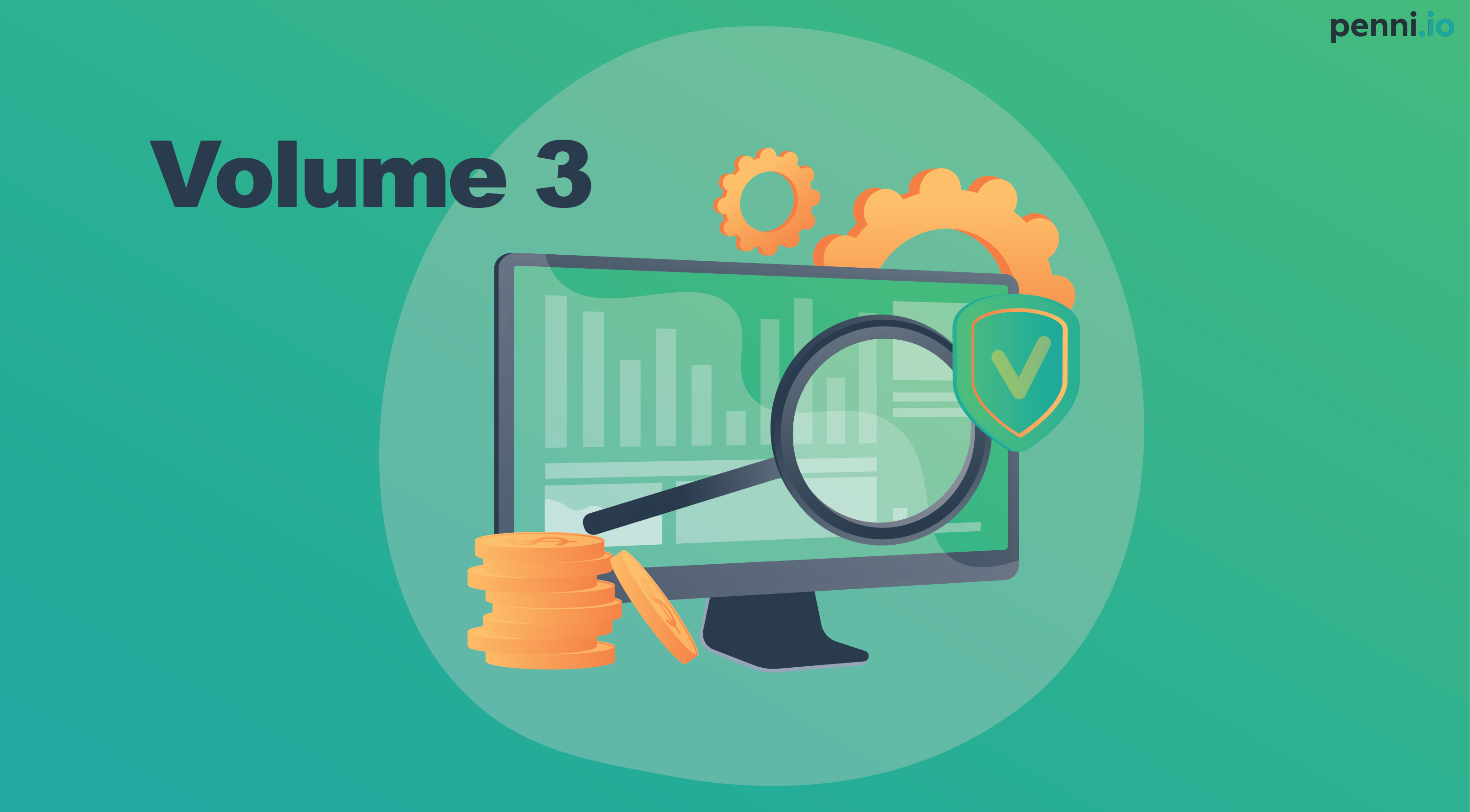Insurtech: A Sneak Peek at How Customers Decide to Buy - Volume 1

How Behavioral Economics Drives Customer Decision-Making
If you want to be more effective at selling insurance to customers, you need to know how they buy. That means understanding the decision-making process behind every purchase. What made them look into your product? What made them ask for a quote? And crucially, what made them choose to make the purchase?
This is the introduction to a series of articles about how customers make decisions when buying insurance online. If you want to sell insurance digitally (and you should), this series will help you convert more customers and increase your sales.
The Current Insurance Landscape
Most insurance companies in Europe today are looking to:
- Revisit and refine their MRM (model risk management)
- Rationalize internal processes (with RPA), looking for cost efficiencies
- Improve customer experience with data analytics
All the while maintaining traditional operations by:
- Modelling a constant competitive pricing strategy
- Keeping up and staying compliant with an ever-growing set of rules and regulations
- Seeking new ways of reducing their cost per sale
On top of that, each country has its own local challenges:
- In France, the struggle is to get a combined ratio below 100% on auto insurance
- In Germany, the combined ratio is looking remarkably better but life insurers face shrinking ROI and low-interest rates (although the updated interest rate reserve [ZZR] requirements might yield higher interest rates)
- Despite being the hub for insurance innovation, the growth rate in the UK is predicted to stagger regardless of which version of Brexit will be implemented
- In Spain and Italy, P&C insurers are constantly looking to cut costs by cutting players from the distribution value chain, without alienating the very foundation of their present business
All in all, there is a lot of healthy activity and business development going on. However, one focus is alarmingly absent — not only in 2019 but also going back. There is no focus on the simple question of how the customer chooses which insurance product to buy. Yet, this is the question insurers should be trying to answer since it is the very core of their business. Without gaining new customers and nurturing existing ones, no business can remain strong.
We don’t claim to have hit on the final, perfect answer to this enormous question. However, we have investigated it extensively by analyzing our data using a scientific, hypothesis-driven approach. This has given us detailed insights into the ways customers make choices when buying insurance products online.
Most of the insights we have gathered are quite far from what most players in the industry expect or assume. Over this series of articles, we will share some of the insights that increase conversion rates for our Penni Connect Partners when they distribute insurance through our platform.
The Starting Point
Let’s start with a brief overview of the framework we used to develop our testable and verifiable hypotheses. It is based on the way humans make decisions in general and is an important starting point that differs in many ways from the standard model of microeconomics.
The field got its big public breakthrough in 2002 when Daniel Kahneman was awarded the Nobel Prize in economics for his contribution to behavioral economics. Behavioral economics is a relatively new field, so there is still a lot to be learned. But as Rory Sutherland, one of the great practitioners of applied behavioral economics, puts it: “Behavioural Economics is a little less crappy model than the previous ones, of how humans make decisions.”
In other words, it’s the best starting point we have right now.
Thinking About Thinking
The way we have been thinking about thinking is all wrong. Backwards, in fact. For centuries, we assumed that thinking followed a computational model: we get some input, we form an attitude based on previous assumptions and that new input, and then we decide how to behave as a result of this attitude.
Kahneman and other behavioral economists posit that we have, instead, two separate mental processes: System 1 and System 2. Both affect our decisions, but they are weighted differently.
System 1 thinking is the kind of thing that happens underneath the surface. We’re not usually aware of our System 1 processes, but they’re constantly active and influencing us. System 2 thinking is the kind we can feel ourselves actively doing. That’s the one that comes into play when we’re comparing different options and talking ourselves through them.
Here is a chart that breaks down their characteristics:

System 1 is the kind of thinking that comes into play when you’re answering a question like 2 + 2 = ?. Your answer is quick, automatic, almost instinctual. System 2 is needed when you face a question like 17 x 24 = ?. The answer doesn’t come as readily. It needs to be worked out. You need to expend mental energy to actively perform the calculation.
Using energy is not simply a metaphor — when people are asked to answer that mathematical question on a walk, their pace will actually slow down while they work through it in order to dedicate more energy to their problem-solving. Using System 2 thinking takes about three times as much energy as relying on System 1 thinking.
This is the point we’re driving at: our brains don’t like using too much energy. When there’s a faster, easier method to arrive at an answer, it will use that method. In other words, it will rely on System 1 thinking and avoid System 2 whenever it can, even though System 2 is what provides a rational analysis.
How do customers decide to buy insurance online?
The Customer Works with the Input You Give Them
None of us has built-in calculators that tell us exactly what kind of car insurance coverage we need and how much of it we should purchase. This means that when you’re exposing your customer to an insurance product, you’re the one deciding which tools they’ll use to make their decision. You’re not just presenting them with a product — you’re also designing their decision-making process. Whether you realize it or not, you are handing them the input they will use.
Which input should you provide your customer? Well, it’s important to remember the two types of thinking we described above. System 1 thinking can process 11,000,000 bits of information per second. When System 2 gets involved, it receives and processes information at a mere 40 bits per second. That’s a serious power imbalance. System 1 is 275,000 times more efficient at processing information.
When presenting an insurance product to customers, you’ll have much better luck selling them on it if the decision-making process you design relies more heavily on System 1 thinking. If you force the customer to rely way too much on System 2 thinking, you’re not leaning heavily enough on their more powerful cognitive processes.
(If you want to know more about how to design for the way humans actually make decisions, check out my book The Monkey and the Suit.)
Increasing Customer Satisfaction
Behavioral economics explains what drives your customers’ decisions. In the next article, we’ll apply those insights, using a concrete case to demonstrate how:
Less information + Fewer options = More sales + Higher customer satisfaction
Free Download: Embedded Insurance Index - Part I
Do you want to know everything about embedded insurance? Check out our dedicated page here.
Special thanks to our expert Simon Bentholm.



